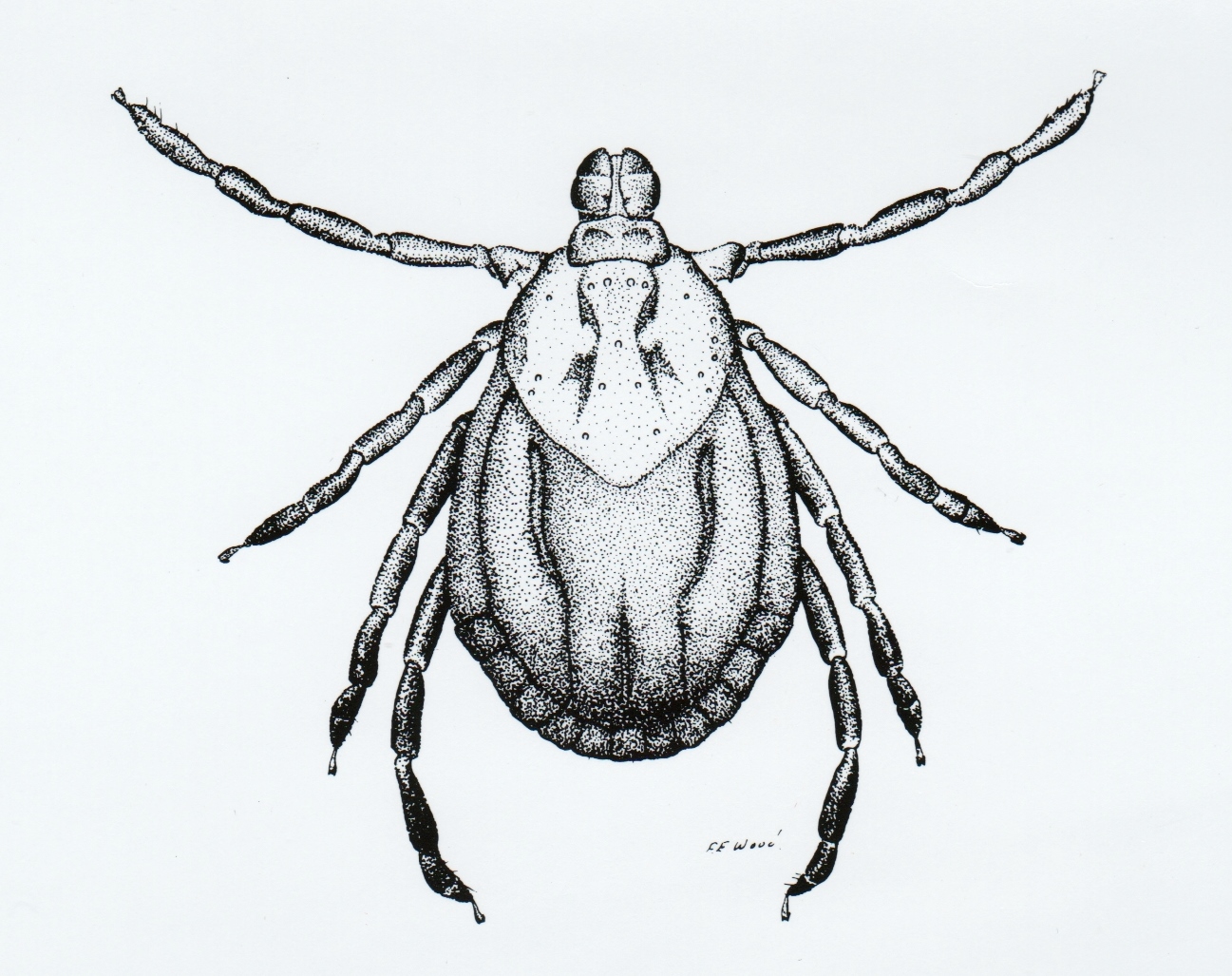

However, if it is necessary, follow these tips when working or walking in areas potentially inhabited by ticks: The best way to avoid tick bites is to stay away from tick-infested areas. The system is best suited for homes and buildings bordered by wooded lots.
#BLACK LEGGED TICK REGISTRATION#
This system is currently finalizing its registration with the EPA and should be available through professional pest control companies this year. In studies conducted thus far, the best results are seen after several years of consistent use. (Fipronil is used for on-animal treatment products called Frontline™ to control fleas and ticks on dogs and cats.) The Maxforce™ System demonstrates the ability to significantly reduce the presence of ticks in an area. The insecticide, fipronil, transfers to the mouse’s fur and kills any ticks present on the mouse and any new ticks that may try to attach themselves to the mouse later. Mice enter tamper-resistant stations to feed on a nontoxic bait block and, in doing so, make contact with an insecticide-treated strip. Bayer-Aventis is introducing the Maxforce™ Tick Control System that can be placed in wooded areas frequented by white-footed mice which are the principal hosts for black-legged ticks. Treatments may be necessary in areas of the yard where ticks are found. Ticks are difficult to control, therefore the services of an experienced professional are recommended. For more information regarding tick-bourne diseases, visit the website of the Centers for Disease Control. Some persons infected with Lyme Disease have also contracted HGE, possibly as the result of the same tick bite. Black-legged ticks are also carriers of a disease called human granulocytic erlichiosus or HGE. Unlike typical arthritis, Lyme Disease may only affect one side of the body or only one or two joints. Stage Three results in arthritic conditions in various joints.
#BLACK LEGGED TICK INSTALL#
The disease can cause malfunctions in the electrical signals to the heart and has caused doctors to install pacemakers in some patients. Stage Two involve neurological and cardiac problems. Stage One involves the ECM rash and the flu-like illness. The different stages may mimic the symptomatology of other diseases further conflicting correct diagnosis. Three distinct stages of Lyme Disease have been described, but these stages may not appear in all patients, may overlap, or often may occur out-of-sequence. Lyme Disease is very difficult to diagnose because each victim’s symptomatology can be different. Most victims of Lyme Disease report a flu-like illness at first, and often dismiss the symptoms as a “24 hour bug,” overexertion or lack of rest. This rash, called erthema chronicum migrans or ECM, is seen in about 60 percent of patients. Lyme Disease most often begins with the appearance of a spreading rash at the site of the bite. burgdorferi in parts of northeastern states. Studies have shown that 90 percent of the black-legged ticks may be infected with B. In 1981 the causative pathogen, a spirochete named Borrelia burgdorferi, was isolated and confirmed as the cause. Lyme Disease - Lyme disease was first detected in 1976 in Lyme, Connecticut when an unusually large number of children suffering from similar symptoms came down with an unidentified illness later found to be transmitted by the black-legged tick, Ixodes scapularis. This increases the potential for transmission of disease if the tick itself is infected.

Due to the small size of this tick, its presence can go unnoticed for several days if the tick is attached in an inconspicuous area of the body, such as on the back or under the hair on the head. During feeding, black-legged ticks may inject the spirochete bacterium, Borrelia burgdorferi, which causes Lyme Disease.

They inject an anti-clogging agent to keep the blood from clotting so they can feed. Ticks imbed their mouthparts, not their entire head, as some commonly believe, into their host. The tiny larvae get their first blood meal from rodents, mainly the white-footed mouse, Peromyscus leucopus. and are common in wooded areas and fields where mammalian hosts such as deer, rodents and humans live. Black-legged ticks are the primary vector of Lyme Disease in the Eastern U.S.

Despite the thousands of eggs produced, only a small percentage will survive to maturity. Commonly known as the deer tick, black-legged ticks have a two-year cycle beginning in the spring when the female tick deposits her eggs. Ticks require a blood meal at each stage of life in order to grow and the female will engorge herself with blood to obtain the nourishment necessary to produce the thousands of eggs she will lay soon. Like all ticks, the black-legged tick is a bloodsucking ectoparacite. Tiny in size with adults measuring 1/8-inch, while young nymphs may be pinhead-sized.ĭark brown to black body and darker legs.


 0 kommentar(er)
0 kommentar(er)
